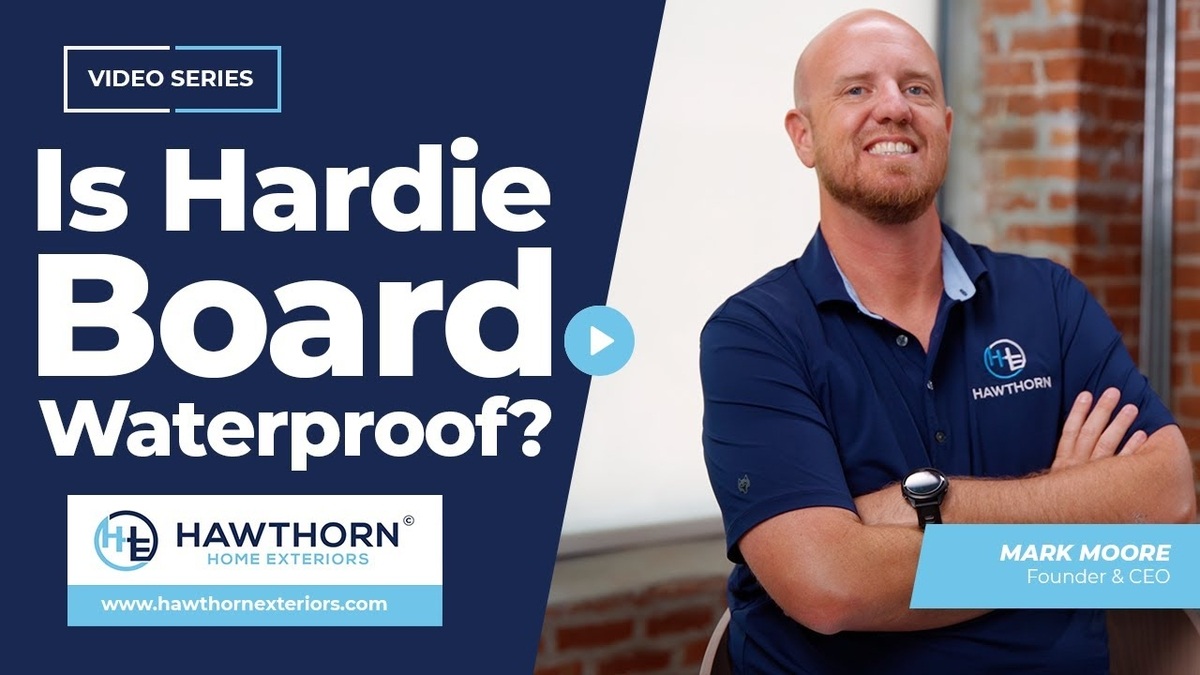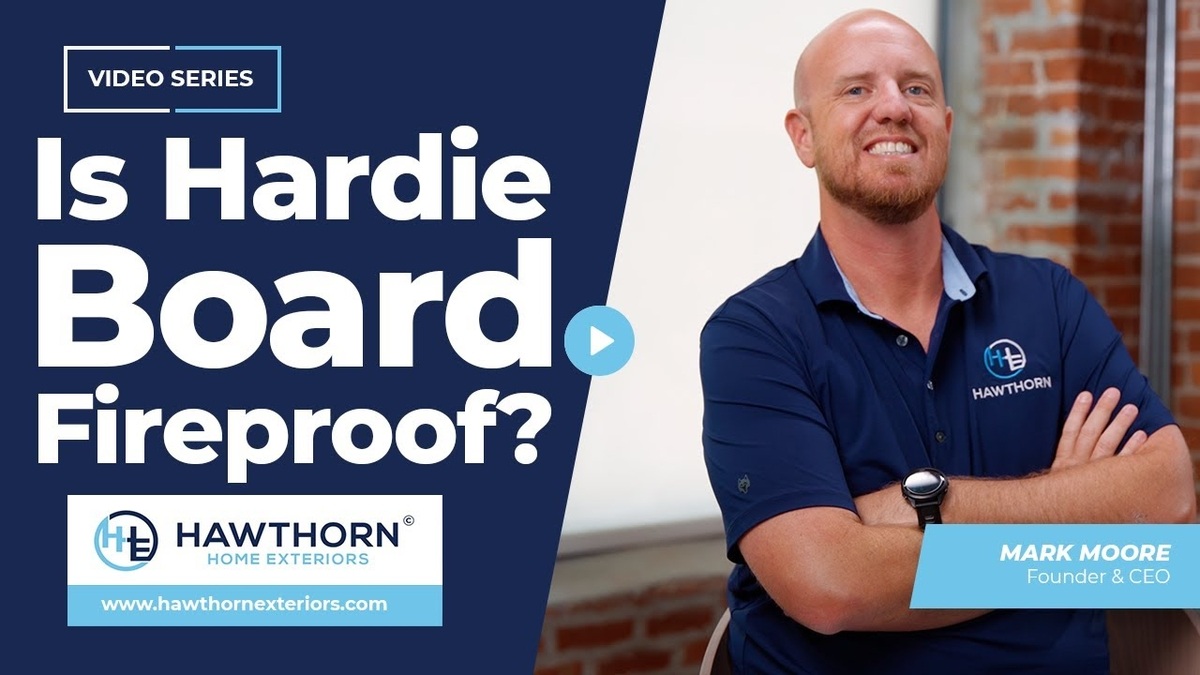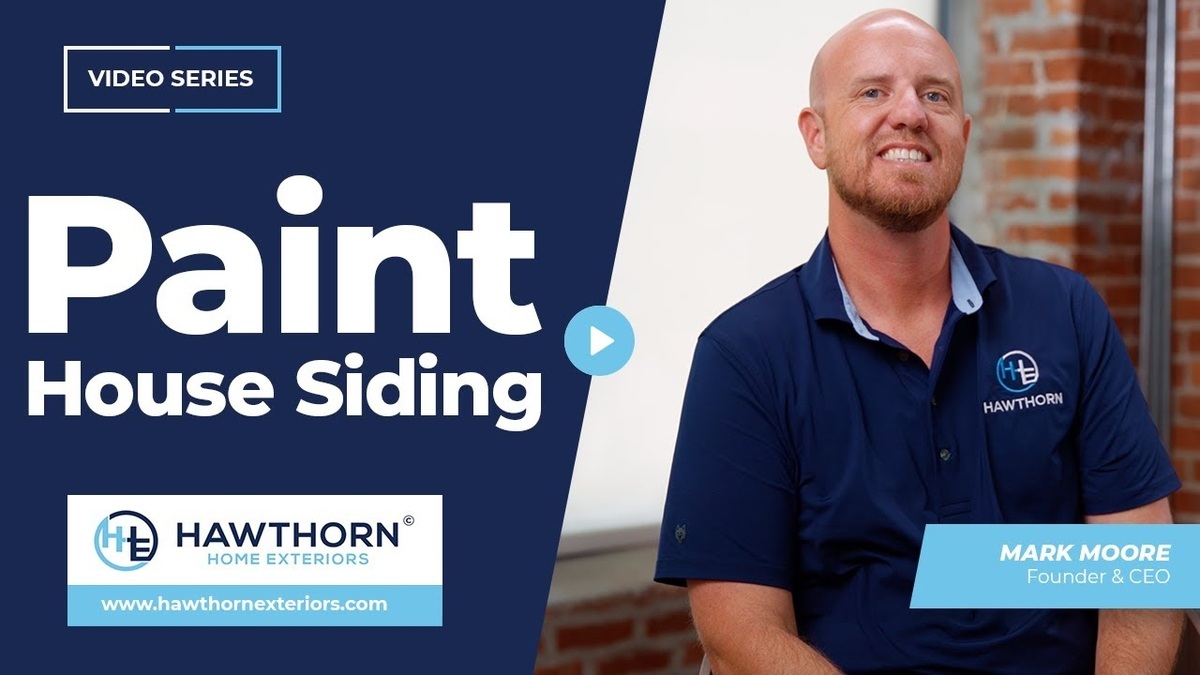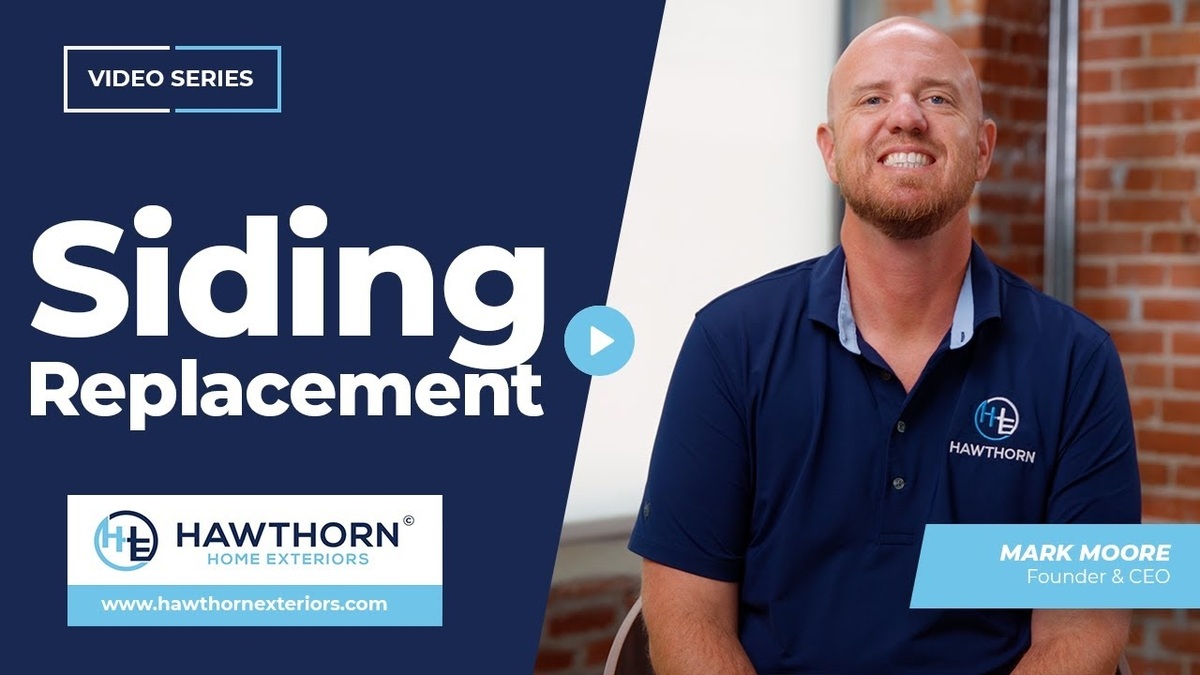Horizontal or vertical siding? This question isn’t just about aesthetics—it’s about setting the tone for your home’s exterior. Both styles offer unique benefits and can dramatically influence the overall look of your property. In this guide, we’ll explore the key differences between horizontal and vertical siding to help you determine which option best suits your home’s style and functionality needs.
Popularity and Usage of Different Siding Types
In many neighborhoods, especially in St. Louis, horizontal siding is a familiar sight. This type of siding, often seen in vinyl or Masonite varieties, typically features a lap design. Dutch lap, in particular, has become a popular choice for those looking to achieve a classic, clean appearance.
However, with modern materials like HardiePlank, homeowners now have the flexibility to choose between both horizontal and vertical options. HardiePlank siding offers a variety of styles, including a horizontal option that mimics the look of wood with a wider 7-inch plank, providing a timeless appeal.
Additionally, HardiePlank offers board and batten vertical siding, which has surged in popularity over the last decade. Many homeowners now opt for a combination of both styles, such as horizontal siding on the lower levels of their home and vertical siding in the gables to create a striking contrast.
Designing Your Home with Siding
When it comes to design, the decision between horizontal and vertical siding is largely a matter of personal preference. Both styles offer a distinct look that can enhance the character of your home in different ways. Horizontal siding provides a traditional appearance, often mimicking the look of wood with wider planks, while vertical siding, such as board and batten, adds a modern touch with its clean, vertical lines.
Board and batten vertical siding, in particular, has become extremely popular over the last ten years. It’s not uncommon to see homes that feature this style exclusively or in combination with horizontal siding. For example, some homeowners choose to apply horizontal siding on the lower levels and use board and batten in the gables for added design detail. This combination allows for a dynamic and visually appealing exterior that stands out in any neighborhood.
Installation Differences and Timeline
Understanding the installation process is essential when deciding between horizontal vs. vertical siding. Horizontal siding is generally quicker and more cost-effective to install. The simplicity of its installation process means that it can be completed approximately 30% faster than vertical siding. This speed often translates to lower labor costs, making it an attractive option for budget-conscious homeowners.
On the other hand, vertical siding, particularly board and batten, requires a more involved installation process. This type of siding consists of two components: the flat panel that is first installed on the house, followed by the batten trim that is applied over the panel. The additional steps involved in installing board and batten siding contribute to a longer timeline and slightly higher costs. However, the added complexity allows for greater customization, such as choosing different batten spacing to suit the design of your home.
Customizing Your Siding Design
One of the advantages of choosing Hardie board and batten siding is the flexibility it offers in design. Unlike fixed products, this type of siding allows you to select the spacing of the battens to achieve your desired look. The most common spacing is 16 inches on center, but this can be adjusted depending on the size and style of the section being covered. For instance, tighter spacing of 12 inches or even 8 inches may be more suitable for smaller gable sections, creating a more detailed and refined appearance.
This level of customization makes board and batten an excellent choice for homeowners who want to personalize the exterior of their home, ensuring that every aspect aligns with their vision.
Finalizing Your Siding Choice
Ultimately, there is no right or wrong answer when it comes to choosing between horizontal vs. vertical siding. Both options offer unique benefits that can enhance the appearance and value of your home. The decision should be based on your aesthetic preferences, the architectural style of your home, and your budget.
To make the best choice, we recommend considering the following steps:
- Assess Your Home’s Architecture: Consider how each siding style complements your home’s design. Traditional homes may benefit from horizontal siding, while modern or farmhouse-style homes may look stunning with vertical siding.
- Review Design Renderings: Take advantage of digital design renderings to visualize how each siding option will look on your home. This step can help you make an informed decision before committing to a particular style.
- Consider Installation and Cost: Weigh the differences in installation time and cost between horizontal vs. vertical siding. If budget and timeline are important factors, horizontal siding may be the more practical choice.
- Think About Customization: If you’re looking for a unique and customized appearance, board and batten vertical siding offers flexibility in design that horizontal siding may not provide.
At our company, we work closely with homeowners to explore all these options and create digital design renderings that showcase how your home will look with different siding profiles. This process ensures that you make the best decision for your home before any work begins.
In Summary
Choosing between horizontal vs. vertical siding is a significant decision that can impact the look and feel of your home for years to come. Whether you prefer the traditional charm of horizontal lap siding or the modern elegance of board and batten vertical siding, both options can be tailored to meet your design goals.
To explore these options further and see what will work best for your home, contact us today. We’re here to help you bring your vision to life with expert advice and quality installation.





